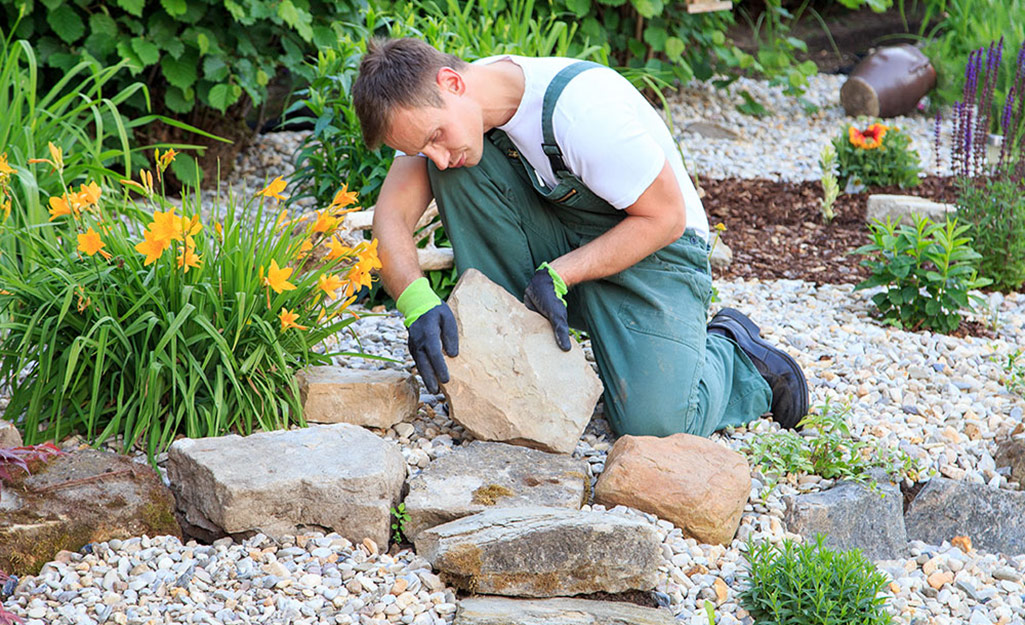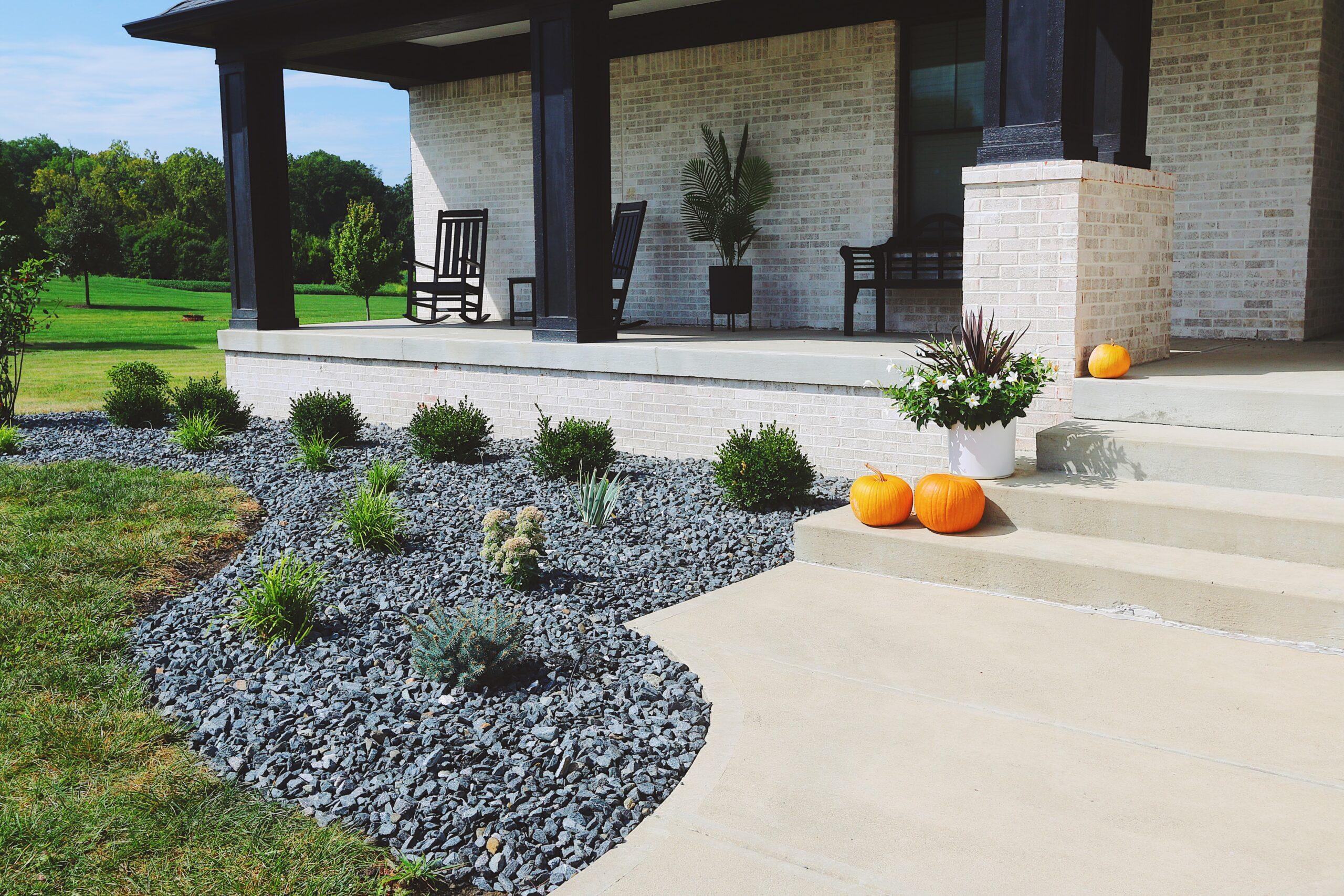Landscaping is an art, and just like any artist, you need the right tools. Decorative landscaping stones not only serve a functional purpose but also add beauty and elegance to your outdoor spaces. Whether you’re looking to create a serene garden pathway, a stunning flower bed, or a rustic rock garden, these stones can completely transform your landscape.
What Are Decorative Landscaping Stones?
Decorative landscaping stones are small to medium-sized stones that are used for aesthetic purposes in gardens, pathways, and landscaping projects. Unlike gravel or larger rocks, these stones come in various colors, shapes, and sizes, allowing you to customize your outdoor spaces to fit your style. Some common types include:
- Pebbles
- River stones
- Lava rocks
- Crushed stones
- Flagstones
Benefits of Using Decorative Landscaping Stones
Incorporating decorative stones into your landscaping can elevate your outdoor spaces in many ways. Here are some benefits based on my personal experience:
1. Aesthetic Appeal
Decorative stones can add immediate visual interest to your landscape. They can be used to create beautiful color contrasts, textures, and patterns that enhance the overall look of your yard.
2. Low Maintenance
One of the key advantages of using stones is that they require very little maintenance compared to plants. They don’t need watering, pruning, or fertilizing, making them an excellent choice for busy homeowners.
3. Functional Versatility
These stones can be used in various applications, from creating pathways and patios to drainage solutions and erosion control. Their versatility makes them a favorite among landscapers.
4. Eco-Friendly
Decorative stones are a natural product, which means they are environmentally friendly. They can often be sourced locally, reducing the carbon footprint associated with transportation.

5. Long-Lasting
Unlike mulch that breaks down over time or plants that may die, decorative stones are durable and can last for years, ensuring your landscaping looks great for a long time.
Types of Decorative Landscaping Stones
Choosing the right type of decorative stone can significantly impact the look and functionality of your landscape. Let’s delve into some popular options:

Pebbles
Pebbles are small, rounded stones that come in various colors and sizes. They are perfect for creating pathways, driveways, or as ground cover in garden beds.
River Stones
These smooth, rounded stones are usually found in rivers and streams. They are great for water features and as a decorative element in rustic-themed gardens.

Lava Rocks
Lava rocks are lightweight and have a unique texture. They’re often used in xeriscaping and can aid in drainage, making them ideal for water conservation strategies.
Crushed Stones
Crushed stones are versatile and can be used for driveways, paths, and as a base for other landscaping elements. They provide excellent drainage and are available in numerous colors.

Flagstones
Flat, irregularly shaped stones commonly used for patios and walkways. They create a natural look and can be laid with or without mortar.
Comparative Overview of Decorative Stones
| Type | Size | Best Use | Pros | Cons |
|---|---|---|---|---|
| Pebbles | Small | Pathways/Ground Cover | Variety of colors, smooth texture | Can be displaced easily |
| River Stones | Medium | Water features | Smooth, natural look | Can be expensive |
| Lava Rocks | Variable | Xeriscaping | Lightweight, good drainage | Limited color options |
| Crushed Stones | Small to Medium | Driveways/Parking | Good for drainage, durable | Can be sharp, uneven surface |
| Flagstones | Large | Patios/Walkways | Natural aesthetic, customizable | Heavy, may require installation expertise |

How to Incorporate Decorative Stones Into Your Landscape
Now that you know about the different types of stones, let’s explore how to seamlessly incorporate them into your landscaping project. Here are some ideas based on experience:
1. Create a Relaxing Pathway
Using pebbles or flagstones, you can design a tranquil pathway that guides visitors through your garden. Varying the size and color can add depth and interest.

2. Use as Ground Cover
Replace traditional mulch in your garden beds with decorative stones. This not only looks better but also helps with weed control and reduces water evaporation.
3. Design a Rock Garden
Rock gardens are a stylish way to display decorative stones. Mix different sizes and types of stones with drought-resistant plants for a beautiful, low-maintenance garden.

4. Enhance Water Features
If you have a pond or fountain, river stones can create a natural look around the water feature while aiding in filtration and drainage.
5. Define Spaces
Use larger stones to mark boundaries within your yard, such as separating a garden area from a lawn or creating a visual barrier between different sections.
Maintenance and Care for Decorative Stones
While decorative stones are low maintenance, they still require a bit of care to keep them looking their best. Here are some tips:
1. Regular Cleaning
Over time, leaves, dirt, and algae can accumulate on the stones. A simple rinse with a hose or a gentle scrub with a broom can help keep them clean.
2. Weed Control
While stones can help reduce weeds, they’re not entirely weed-proof. Consider laying down landscape fabric beneath the stones to minimize growth.
3. Reseed and Refresh
If your stones have shifted or settled unevenly, you might need to top them up or rearrange them from time to time to maintain the desired look.
Pros and Cons of Decorative Landscaping Stones
Pros
- Durable and long-lasting
- Low maintenance
- Variety of styles and colors
- Versatile uses in landscaping
- Environmental benefits
Cons
- Can be expensive, depending on the type
- Heavy and may require professional installation
- Can shift or displace easily if not properly secured
- May retain heat in hot climates
FAQs About Decorative Landscaping Stones
1. How much decorative stone do I need for my project?
The amount of stone required depends on the area you wish to cover. A general rule of thumb is to calculate the square footage of the area and then determine the depth of stone you want (e.g., 2 inches). You can use an online calculator for precise measurements.
2. Are decorative stones safe for pets?
Most decorative stones are safe; however, larger stones can pose a choking hazard for small pets. Always supervise pets in new outdoor settings.
3. Can I paint or stain decorative stones?
While it’s possible to paint stones, it’s not generally recommended as it may wear off over time and require maintenance. Consider using naturally colored stones for lasting beauty.
4. How do I prevent weeds from growing in the stones?
To minimize weed growth, lay down a landscape fabric before adding your stones. Regularly removing any visible weeds will also help maintain a tidy appearance.
5. What is the best type of stone for a walkway?
Flagstones and crushed stones are popular choices for walkways due to their flat surfaces and ability to drain well. Choose based on your desired aesthetic and usability.
Conclusion
Decorative landscaping stones are a versatile, durable, and aesthetically pleasing option for enhancing outdoor spaces. With the right type of stones and a little creativity, you can transform your garden into a stunning retreat. Remember to consider your style, maintenance preferences, and budget when choosing stones. Whether you’re looking to create a pathway, a rock garden, or a serene water feature, decorative stones can be the perfect solution. Happy landscaping!